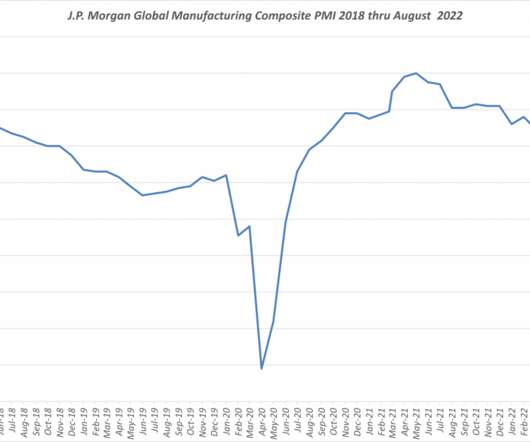7 Top Supply Chain Trends to Know for 2023
ModusLink Corporation
DECEMBER 13, 2022
Yes, COVID caused many issues, but other factors, including geopolitical changes, the war in Ukraine, weather events, peak season , and economic instability, have altered the fabric of logistics. With so much disruption fresh in mind, looking toward 2023 feels a bit more stable for every warehouse and distribution channel. <[link].
















Let's personalize your content